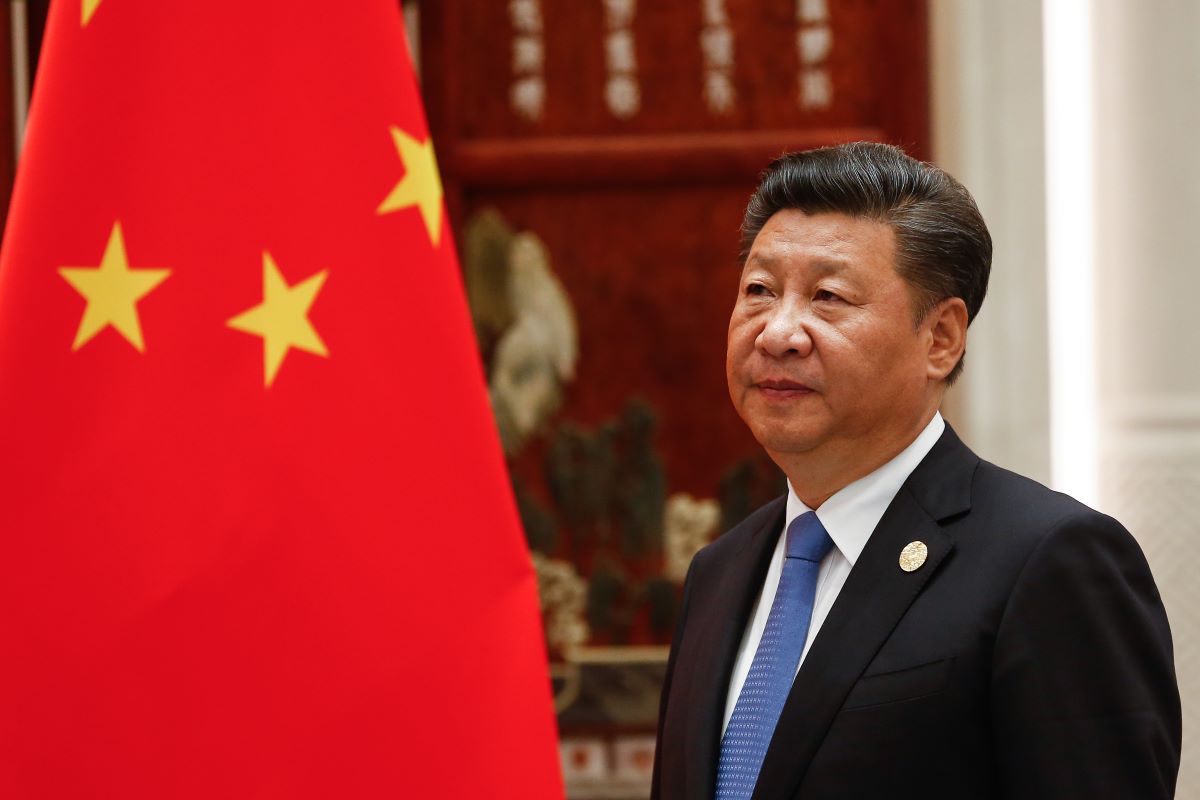In his keynote speech at the Belt and Road Forum, Chinese President Xi Jinping brushed aside criticisms about his flagship policy, the Belt and Road Initiative (BRI), and reiterated China’s commitment to it. “What has been achieved in the past 10 years demonstrates that Belt and Road cooperation is on the right side of history. It represents the advancing of our times and it’s the right path forward,” Xi said in the Great Hall of the People west of Tiananmen Square in Beijing.
The summit marked the 10th anniversary of China’s BRI and was held this week on Tuesday and Wednesday with a global audience of nearly 1,000 delegates and heads of government from 20 nations, including Russian President Vladimir Putin.
Since its launch in 2013, the BRI has emerged as one of the biggest development initiatives in the world. According to official figures, around 150 countries and 30 international organisations are involved in the project through cooperation agreements. Vice Premier He Lifeng pointed out that China’s trade with participating countries reached $19 tn over the past decade.
President Xi, in his speech, stressed how the initiative has boosted the flow of technology, capital, goods, as well as human resources across the participating nations.
However, the BRI initiative has often been criticised for creating debt problems in developing countries. While Italy indicated its intention to likely exit the BRI soon, other nations across Asia, Africa, and Latin America have continued to be supportive of the program.
In fact, Albert Muchanga, head of trade and industry for the African Union Commission, told Nikkei Asia that China’s BRI initiative is key to Africa’s development in industrialisation and agriculture.
Sustainable debt as future path of BRI initiatives
In his speech on the future of the Belt and Road Initiative, Xi promised to reduce investment restrictions and enable better trade relations. This would include “comprehensively removing” restrictions on foreign investment in manufacturing, as well as opening up “cross-border trade and investment in services, and expanding market access for digital products”, the Chinese president said.
His vice said that the country will further look to improve cooperation with an emphasis on sustainable debt. At a CEO conference as part of the Belt and Road Forum, He underlined China’s commitment to make BRI “greener and healthier”.
Experts have been keeping a tab on the sustainability aspect of the BRI projects. The Green Finance & Development Center (GFDC), in a report, confirmed that China’s energy-related engagement in the first half of 2023 was “the greenest in any 6-month period since the BRI’s inception in 2013.” Going forward, GFDC expects that there will be a strong focus on BRI partnerships in renewable energy and related technologies.
In terms of financing, Xi announced that the China Development Bank and the Export-Import Bank of China will establish financing facilities of 350 bn yuan ($48 bn) alongside an additional dose of 80 bn yuan into the Silk Road Fund to fund the projects. However, China has not revealed the total financing for all the BRI initiatives.
Several analysts pointed out that China’s BRI projects have lost momentum over the last few years due to the nation’s weak economy and its battle against Covid-19.
Xi cautions against decoupling from China
President Xi also touched upon the implications of the US-China trade conflicts and voiced his concerns over the international sanctions. “Ideological confrontation, geopolitical rivalry, and bloc politics are not the choice for us, but we stand against economic sanctions, economic coercions, and decoupling and supply chain disruptions,” Xi asserted. He also promised that at home, China would ensure a healthy environment for overseas firms.
Russia’s President Vladimir Putin spoke directly after Xi. He praised the BRI as being in line with Russia’s aspirations. “The Chinese idea of Belt and Road logically fits into multilateral efforts to strengthen creative and constructive interaction,” Putin said. It was one of his first trips outside Russia since the International Criminal Court issued a war crimes indictment against him in March.
Since the invasion of Ukraine, Russia has become increasingly dependent on China. Also, both countries have repeatedly condemned the “Western-led world order”.
“Putin’s visit to China is another demonstration of the strength of the Russia-China ‘no limits’ partnership and of bilateral cooperation,” says Genevieve Donnellon-May, Research Associate, Asia Society Policy Institute. “We see cooperation between the two countries playing out in a number of areas, including through trade and economic cooperation, various energy projects, as well as growing agricultural and connectivity cooperation. The ‘no limits’ partnership favours Beijing, and given the current geopolitical climate, is likely to continue doing so.”
Meanwhile, at the G20 summit in India last month, the United States and its partners revealed an economic corridor linking India, the Middle East, and Europe to counterweight China’s Belt and Road Initiative.










 Australia
Australia China
China India
India Indonesia
Indonesia Japan
Japan Malaysia
Malaysia Philippines
Philippines Singapore
Singapore South Korea
South Korea Taiwan
Taiwan Thailand
Thailand Vietnam
Vietnam Germany
Germany Hong Kong
Hong Kong USA
USA Switzerland
Switzerland Singapore
Singapore
 United Kingdom
United Kingdom







